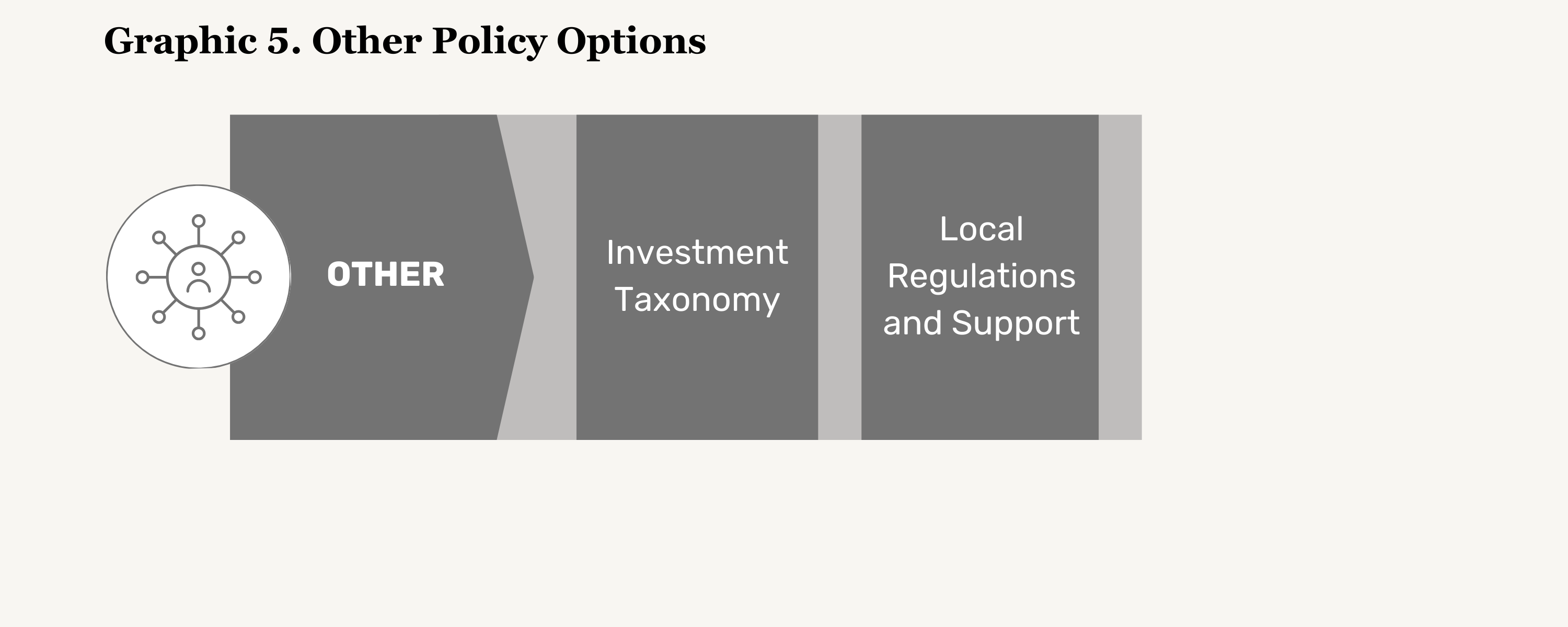
Highlight
- The California Building Standards Commission (CBSC) limited embodied carbon emissions in the construction and repair of large commercial and educational structures.64 Furthermore, local governments are also able to establish their own limits and restrictions. Marin County has implemented limits on the GWP of concrete used in the county by extending the California Building Standards Code. The County’s code sets limits based on concrete strength, with higher limits permitted for stronger constructions. This low-carbon concrete code can serve as a model for other counties and local governments in the state.
64 California becomes first state to adopt mandatory measures to reduce embodied carbon reductions applicable to most large buildings. (2023, August 4). AIA California. Retrieved August 8, 2023, from https://aiacalifornia.org/california-becomes-first-state-to-adopt-mandatory-measures-to-reduce-embodied-carbon/
Opportunities
- California can look to the European Union’s policies which have spurned greater interest in green concrete technology and adoption. Often the EU’s carbon pricing policy, and its sophistication in recent years through the implementation of the Carbon Border Adjustment Mechanism (CBAM), has been identified as placing the greatest pressure toward the development and adoption of low-carbon concrete or alternative to concrete. By levying a carbon tax not only on domestic production of cement but also accounting for carbon emissions of imported cement,65 the costs of developing and adopting green cement technologies are made to be competitive or even cheaper than continuing with existing and conventional methods. Such a tax framework is being explored at the federal level, with bipartisan support.66
- Other EU policies – namely its ‘green taxonomy’ for investment – can be replicated to an extent to further along development and adoption of these emerging technologies. The EU Taxonomy for Sustainable Activities is a voluntary system by which firms report their activities geared toward several outlined sustainability goals, and then are assigned as sustainable or not sustainable by the regulatory agency’s Technical Screening Criteria based on these reports. This classification is useful for investors, and guides investments toward firms that advance the EU’s climate goals and away from unsustainable and/or “greenwashed” companies. Specific regulations on per-ton CO2e emissions from the cement industry are enacted by the EU for them to qualify for the label of sustainable, but most (3 in 4 plants) currently do not meet that standard.67 A cement manufacturer which achieves this designation would presumably gain access to environmentally-conscious investors, as well as more easily connect with potential clients who seek more environmentally-friendly materials for their construction projects. A similar green taxonomic index in California would function in an identical way and encourage cement manufacturers and other construction firms to take on the carbon emissions of their products more aggressively. In the United States, the effect of this official index could see its effects multiplied, as the growing prevalence of the ESG (Environmental, Social, Governance) framework among investors and funds means there is a large investment pool for low-/no-carbon firms.
65 Albert, R. J., & Hopkins, A. (2023, February 7). The new EU Carbon Pricing Framework and its impact for business. Bloomberg Tax. https://news.bloombergtax.com/daily-tax-report-international/the-new-eu-carbon-pricing-framework-and-its-impact-for-business
66 Joselow, M. (2023, June 7). A bipartisan plan to punish global climate laggards: tax them. Washington Post. Retrieved July 10, 2023, from https://www.washingtonpost.com/climate-environment/2023/06/07/carbon-border-tax/
67 Voetmann, F. (2022, March 30). EU taxonomy will heavily impact the cement industry. Foresight Climate & Energy. https://foresightdk.com/eu-taxonomy-will-heavily-impact-the-cement-industry/